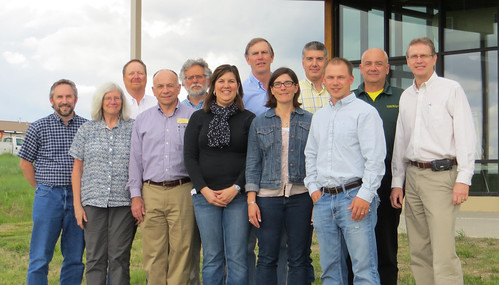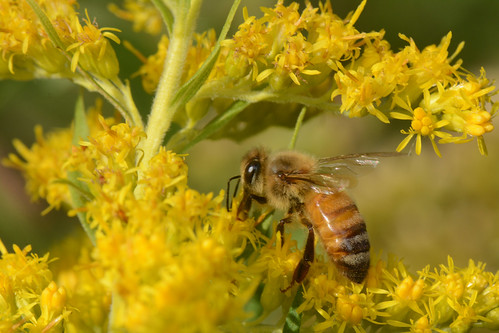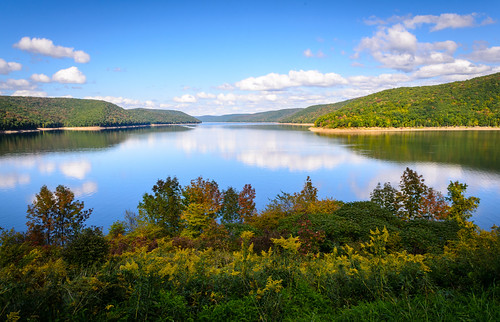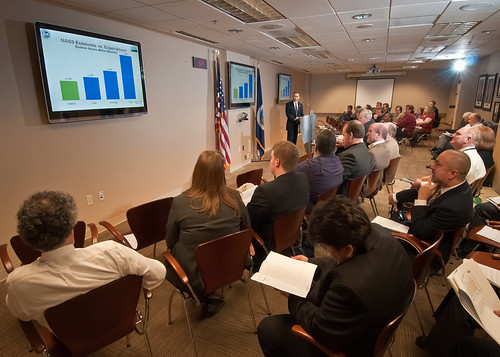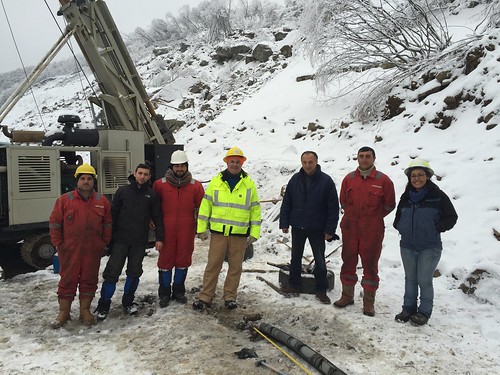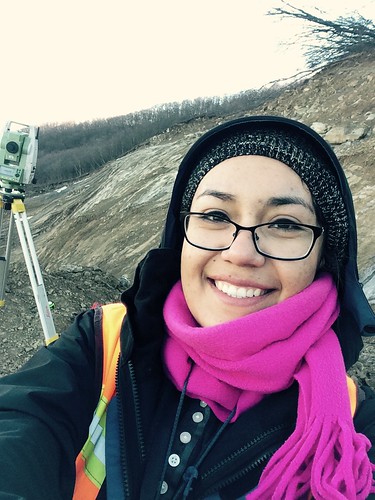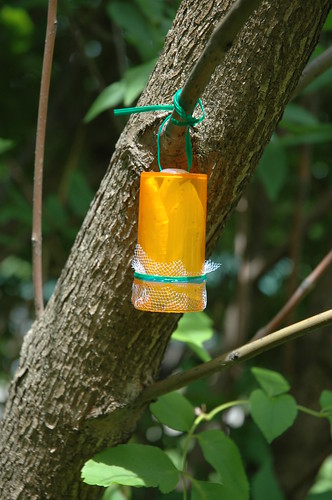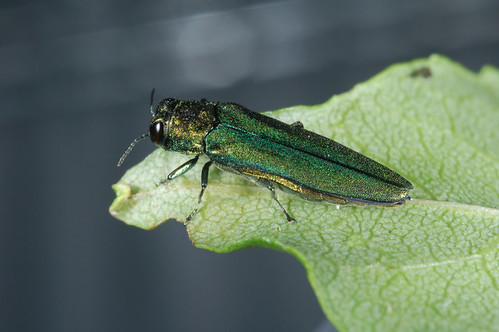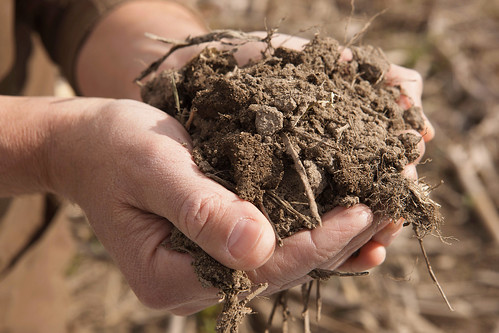
Healthy soil. USDA-ARS photo by Peggy Greb
You probably know that climate change affects how we grow food, but you might not know that how food is grown also affects our climate. This interplay is at the heart of an Agricultural Research Service (ARS) project called “Soil and Air,” a concerted effort to feed the Earth’s 7.5 billion people while protecting the planet.
Farmers and ranchers produce food at the intersection of soil and air, which in turn impacts soil and air quality. For instance, warmer air creates warmer soil, leading to different compositions of bacteria and other microbes in the ecosystem and to increased moisture loss through evaporation.
Soils can also act as a “sink” by storing excess carbon from the atmosphere and, in turn, improving the soil’s ability to maintain moisture and nutrients. The same is true of air. When a farmer adds crop nutrients, some of those nutrients are oxidized and lost into the air, increasing greenhouse gas levels. More greenhouse gases mean an overall warmer climate, more variable weather, and an increased likelihood of extreme weather.
At ARS locations across the country, scientists are working to improve the relationship between agriculture and our soil and air resources. One group of ARS scientists in Temple, Texas, is optimizing the application of nitrogen fertilizers to several types of crops. When applied to the soil, nitrogen is a crucial additive that promotes plant growth. When that same nitrogen escapes from the soil, it becomes nitrous oxide, a greenhouse gas.
While naturally present in the atmosphere, nitrous oxide absorbs the sun’s heat. Too much of it raises global temperatures. The group in Temple is searching for the optimal time to apply nitrogen so that it benefits plants without increasing greenhouse gases. The scientists have developed a test that allows growers to determine how much and when to add nitrogen to the soil.
Another ARS group, in Pullman, Washington, has discovered soil bacteria that act as a nonchemical herbicide for invasive grass species like cheat grass. These invasives choke out native grasses that provide wildlife habitats, increasing the risk of wildfires. In Pacific Northwest crop lands, they reduce yields and impact soil health. The discovered bacteria can nearly eliminate these invasive grasses within five years, and without harming local cereal crops or native grasses. The Environmental Protection Agency has already registered one as a natural herbicide.
Other ARS soil and air scientists are working on management practices such as cover cropping, reduced tillage, and the storage, treatment and use of nutrient-rich animal manure. By exploring management opportunities in these areas, ARS scientists are helping farmers and ranchers improve soil health and air (and water) quality and reduce greenhouse gas emissions.
These are prime examples of how ARS scientists are helping meet the needs of a fast-growing population while keeping the environment clean and livable.



